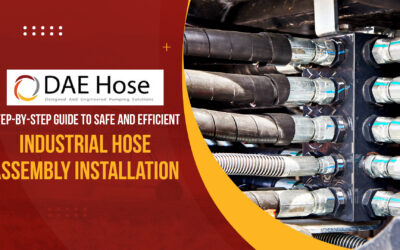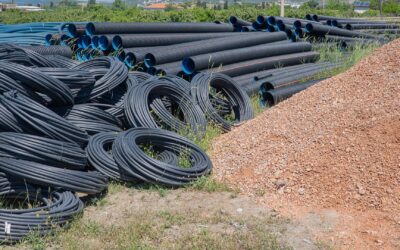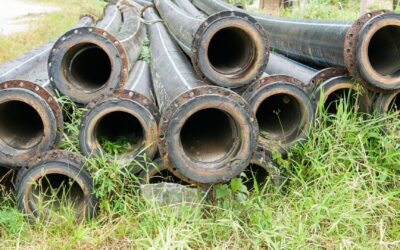Critical Role of HDPE Pipe in Dredging Operations
Why HDPE Outperforms Traditional Pipe Materials in Marine Environments
In today’s demanding marine operations, selecting the best HDPE pipe is essential for long-term performance, safety, and cost efficiency. While materials like steel and concrete offer strength, they often fall short in terms of corrosion resistance and flexibility. HDPE, on the other hand, provides a lightweight, durable, and corrosion-resistant solution that has become the go-to choice across dredging projects worldwide.
One key advantage is its resistance to saltwater and abrasive slurry, along with ease of handling due to its lightweight nature. These traits are particularly beneficial for floating pipeline systems. Advanced designs include UV protection and heat-fused joints, delivering secure, leak-free operation even in harsh marine conditions.
Additionally, the best HDPE pipe offers flexibility that rigid pipes lack. It can adapt to shifting seafloors and vessel movement without cracking, making it ideal for projects requiring resilience and adjustability in challenging environments.
How Dredging Demands Challenge Pipe Performance and Longevity
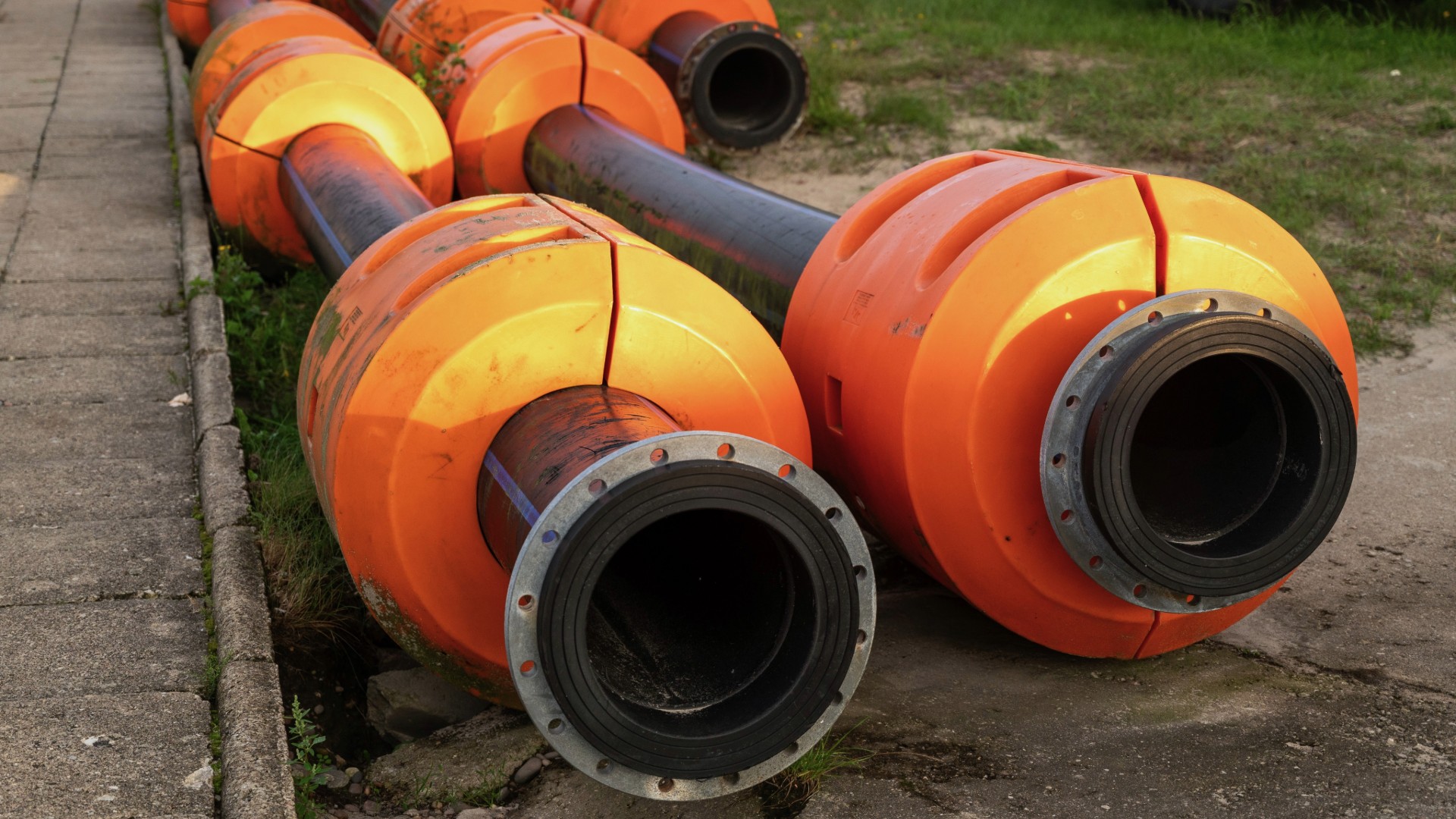
Dredging sites subject pipeline systems to severe conditions, including abrasion, chemical exposure, and continuous mechanical loads. A high-performance best HDPE pipe must withstand high-velocity slurry flows, uneven terrain, and environmental stress without compromising integrity.
Compared to steel or concrete, HDPE offers outstanding abrasion resistance and long-term durability. With proper wall thickness and engineered design, a quality HDPE dredging pipe can manage tough materials like sand and gravel while significantly reducing maintenance cycles over the project lifespan.
Its mechanical stability also holds under submersion and temperature fluctuations, making it one of the most dependable options for both temporary dredging tasks and permanent offshore installations.
Aligning Pipe Features with ROI and Project Efficiency Goals
For procurement heads, contractors, and engineering teams, choosing the best HDPE pipe is not only about performance, it’s a strategic financial decision. From faster installation to minimal maintenance, the benefits translate directly into a lower total ownership cost.
Fusion-welded joints reduce leakage and speed up assembly, allowing for earlier project start-ups. Systems built with the best practices in best HDPE pipe selection ensure extended operational uptime and fewer disruptions.
Long-term resistance to corrosion, UV damage, and impact further reduces replacement frequency. As a result, HDPE emerges not just as a durable material choice but as a long-term asset aligned with the cost-efficiency and performance goals of modern dredging projects.
Core Features to Prioritize in HDPE Pipe for Dredging
High Strength-to-Density Ratio
HDPE offers exceptional strength without unnecessary weight, making it ideal for both floating and submerged pipeline applications. The HDPE pipe for dredging supports high-load operations without increasing stress on floats, pontoons, or anchors. This strength-to-weight efficiency is particularly beneficial for floating pipeline systems, enabling easier handling during installation and recovery, which improves project speed and on-site safety.
Superior Chemical and Corrosion Resistance
Pipelines in coastal and offshore environments must withstand corrosive agents like saltwater and abrasive slurry. The HDPE pipe for dredging excels in resisting chemical degradation, far outperforming traditional materials. This long-term corrosion resistance reduces the likelihood of system failure and extends the service life, which is especially critical in permanent or semi-permanent HDPE dredging pipe applications.
Flexibility and Ground Movement Tolerance
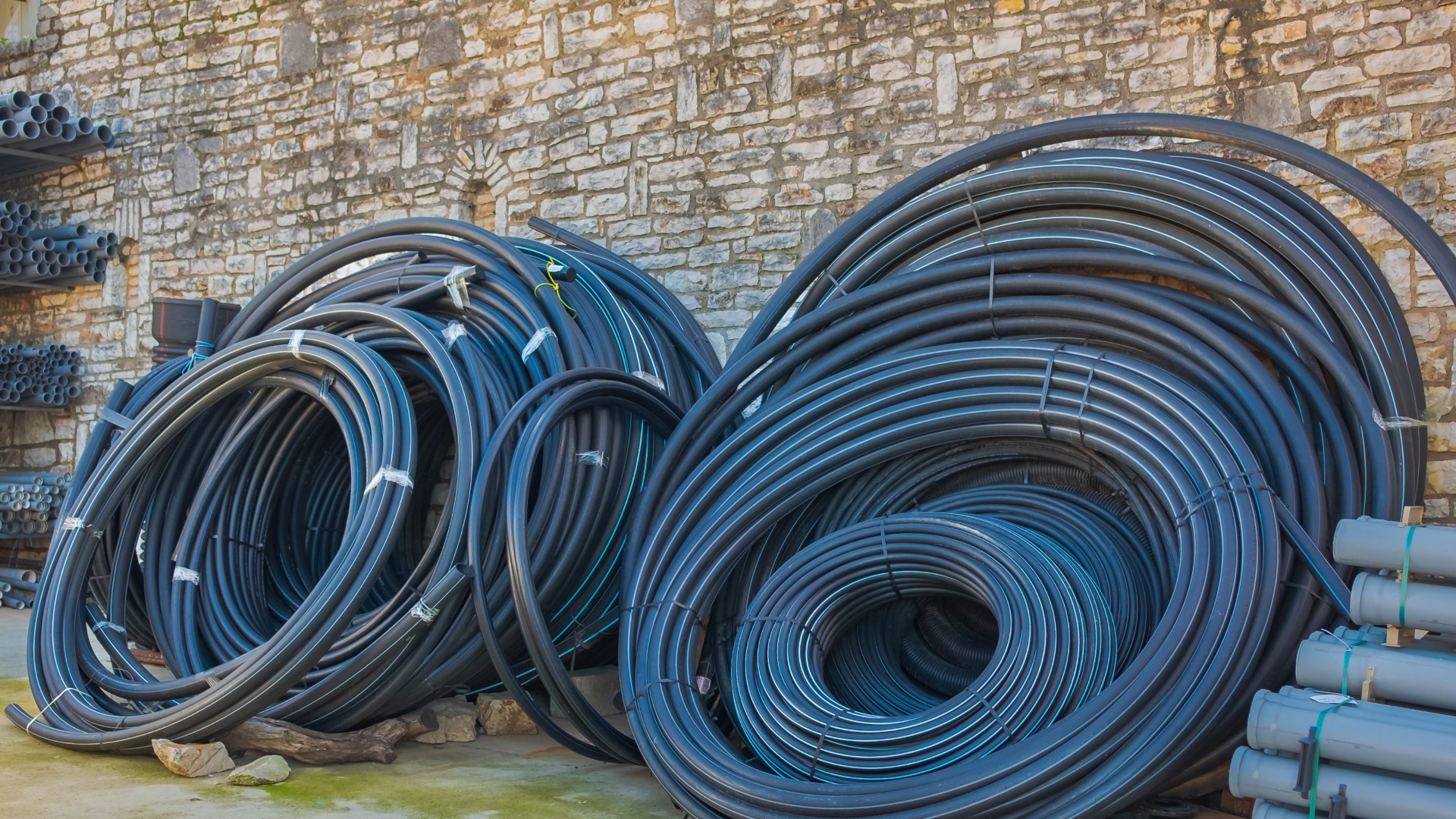
Dynamic seafloors and uneven terrain demand materials that can flex without failing. The HDPE pipe for dredging bends under pressure without cracking, making it ideal for shifting or unstable underwater zones. Its ability to conform to irregular surfaces reduces stress concentrations and weak points, which is an advantage over rigid alternatives. Fewer joints also mean reduced chances of leaks and mechanical wear.
UV and Impact Resistance
Floating dredge lines often face prolonged exposure to intense sunlight and heavy machinery. The HDPE pipe for dredging is designed with UV-stabilized materials and impact-resistant construction, ensuring continued performance in harsh environments. These attributes are crucial for HDPE pipe systems used in long-term marine operations where durability is non-negotiable.
Weldability and Leak-Free Heat Fusion Joints
One standout benefit of using HDPE pipe for dredging is the ability to join pipe sections via heat fusion, forming seamless, leak-free lengths. This eliminates the need for mechanical couplings, which are more prone to failure. Heat fusion also enables faster installation and helps maintain consistent pressure, enhancing system efficiency and reducing fluid loss.
Long-Term Durability
With proper setup and routine maintenance, HDPE pipe for dredging can deliver more than 50 years of reliable service. Its ability to resist wear, high pressure, and environmental degradation makes it a cost-effective solution for extended use. For contractors and engineers looking to reduce replacement frequency and minimize lifecycle costs, this material offers unmatched value across diverse dredging projects.
Comparative Overview: HDPE vs Other Dredge Pipe Options
Steel Pipes
Steel remains a traditional option due to its high pressure tolerance, but it presents significant drawbacks in marine environments. It’s heavy, corrosion-prone, and requires frequent coatings and inspections. In contrast, HDPE pipe for dredging is lightweight, naturally corrosion-resistant, and quicker to install. These advantages make it a more efficient and economical choice for many modern dredging operations.
Rubber-Lined and Composite Pipes
Rubber-lined and composite pipes offer decent abrasion resistance but fall short in flexibility and ease of deployment. When seabeds shift or uneven terrain comes into play, a rigid pipe can become a liability. An HDPE pipe for dredging adapts better to these challenges, maintaining integrity even under dynamic load conditions. Compared to these rigid systems, a quality HDPE dredging pipe ensures more reliable long-term performance.
Slurry Hoses
While slurry hoses are useful for short, flexible connections or pump discharge zones, they aren’t built for full-length dredge lines. Over long distances, HDPE pipe for dredging provides superior flow characteristics and reduced maintenance. Choosing a durable system like the best HDPE pipe helps reduce operational interruptions and ensures project timelines remain on track.
Configurations of HDPE Pipe in Dredging Projects
Floating Pipelines (with Hose Floats)
Floating systems are widely used in offshore, river, and harbor dredging operations. In these setups, HDPE pipe for dredging is attached to hose floats to ensure buoyancy and directional control. This arrangement enables quick rerouting and simplifies inspections. Its resistance to UV rays and surface impacts makes it well-suited for floating applications. A single HDPE dredging pipe section can maintain performance even in turbulent conditions.
Submerged Pipelines
For deepwater transport, HDPE pipe for dredging is submerged along the seabed. Its high flexibility allows it to adapt to shifting ground or tidal forces without structural damage. Leak-proof fusion-welded joints help ensure uninterrupted material flow. The durability of the pipe minimizes downtime and intervention, making it a dependable solution over the long term.
Shore-Based and Overland Lines
When moving dredged materials from water to land, HDPE pipe for dredging extends across beaches, roads, or uneven terrain. Its lightweight nature allows for faster deployment and repositioning. Whether the pipeline ends at a reclamation site or dewatering zone, using the best HDPE pipe ensures reliable sediment delivery and strong resistance to abrasion.
Real-World Applications of HDPE Dredging Pipe
Reclamation and Harbor Deepening Projects
Land reclamation and port expansion projects involve transporting massive volumes of sand, silt, and slurry. The HDPE pipe for dredging is ideally suited for these tasks in both floating and submerged layouts. Its flexibility and impact resistance help handle constant sediment flow and high-pressure conditions. Using the best HDPE pipe in these environments ensures reliable, uninterrupted transfer and minimizes downtime. The structural design of an HDPE dredging pipe also supports long-distance pumping with fewer pressure drops and lower energy consumption.
River and Canal Maintenance Dredging
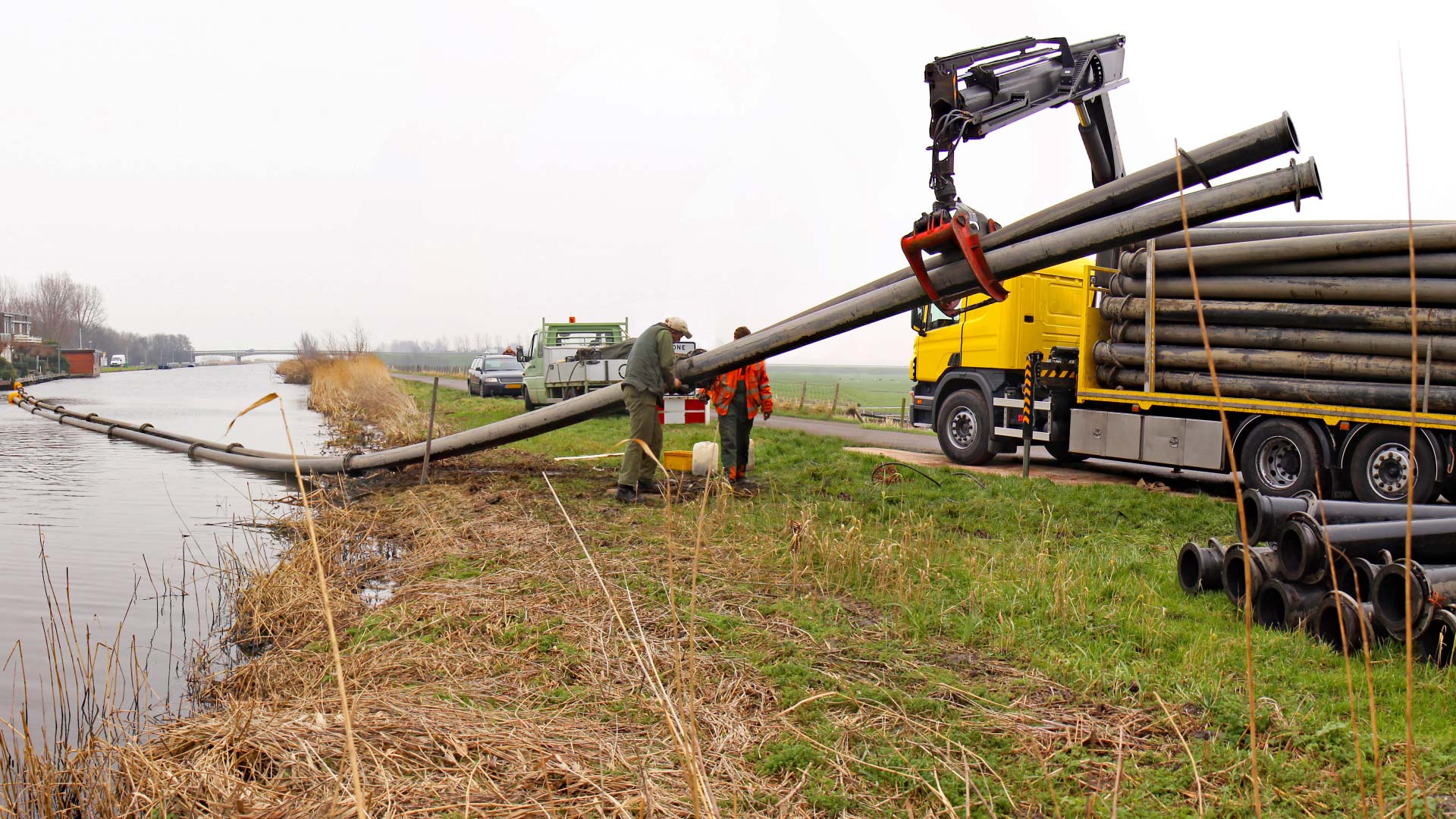
Routine waterway maintenance often occurs in remote or restricted-access locations. The HDPE pipe for dredging offers easy handling due to its lightweight and flexibility, making it ideal for rivers, canals, and inland water bodies. These pipelines are resistant to corrosion and fouling, reducing maintenance cycles. When equipped with the best HDPE pipe materials, crews benefit from faster setup and consistent performance across multiple dredging seasons. An HDPE dredging pipe ensures fewer joint failures and a tighter hydraulic seal.
Mining Tailings and Slurry Transport
Mining sites demand pipelines that can endure continuous exposure to abrasives and chemicals. The HDPE pipe for dredging stands out for its abrasion resistance and chemical stability, making it a preferred solution in tailings management. From tailings ponds to high-pressure slurry transport lines, this system reduces wear-related failures. Choosing an HDPE dredging pipe provides a long-term solution that outperforms traditional metal pipes in both durability and ease of maintenance. Operators using the best HDPE pipe benefit from lower total cost of ownership.
Coastal Erosion Mitigation Infrastructure
Coastal protection projects such as beach nourishment and shoreline reinforcement require dependable sediment transfer systems. The HDPE pipe for dredging delivers excellent UV resistance, structural strength, and wave load tolerance. In these projects, the use of the best HDPE pipe ensures minimal damage during deployment and longer life cycles, even in saltwater exposure. An HDPE dredging pipe is especially valuable for continuous operations, where consistent flow rates and pipe integrity are mission-critical.
Operational and Cost Advantages of Choosing the Best HDPE Pipe
Lower Installation and Transport Costs
Thanks to its lightweight nature, best HDPE pipe simplifies transport, handling, and setup compared to steel or concrete options. It reduces labor needs and minimizes reliance on heavy machinery, especially valuable in offshore or remote projects. For EPC teams and contractors, this means faster deployment and earlier project kickoffs, saving both time and money.
Reduced Maintenance and Downtime
Pipe failures and corrosion can halt dredging operations unexpectedly. HDPE pipe for dredging is highly resistant to saltwater, abrasion, and chemical exposure, reducing wear and breakdowns. Fusion-welded joints minimize leakage risks. As a result, downtime is cut, and productivity remains uninterrupted, making a well-installed HDPE dredging pipe a reliable, low-maintenance solution.
Lifecycle ROI vs Traditional Alternatives
Though initial pricing may be similar to steel or composite systems, HDPE pipe for dredging offers far better long-term value. With a lifespan of over 50 years, fewer replacements, and lower maintenance, project owners benefit from a stronger return on investment. Its smooth interior also ensures better hydraulic flow with reduced energy loss.
Sustainability and Recyclability Factors
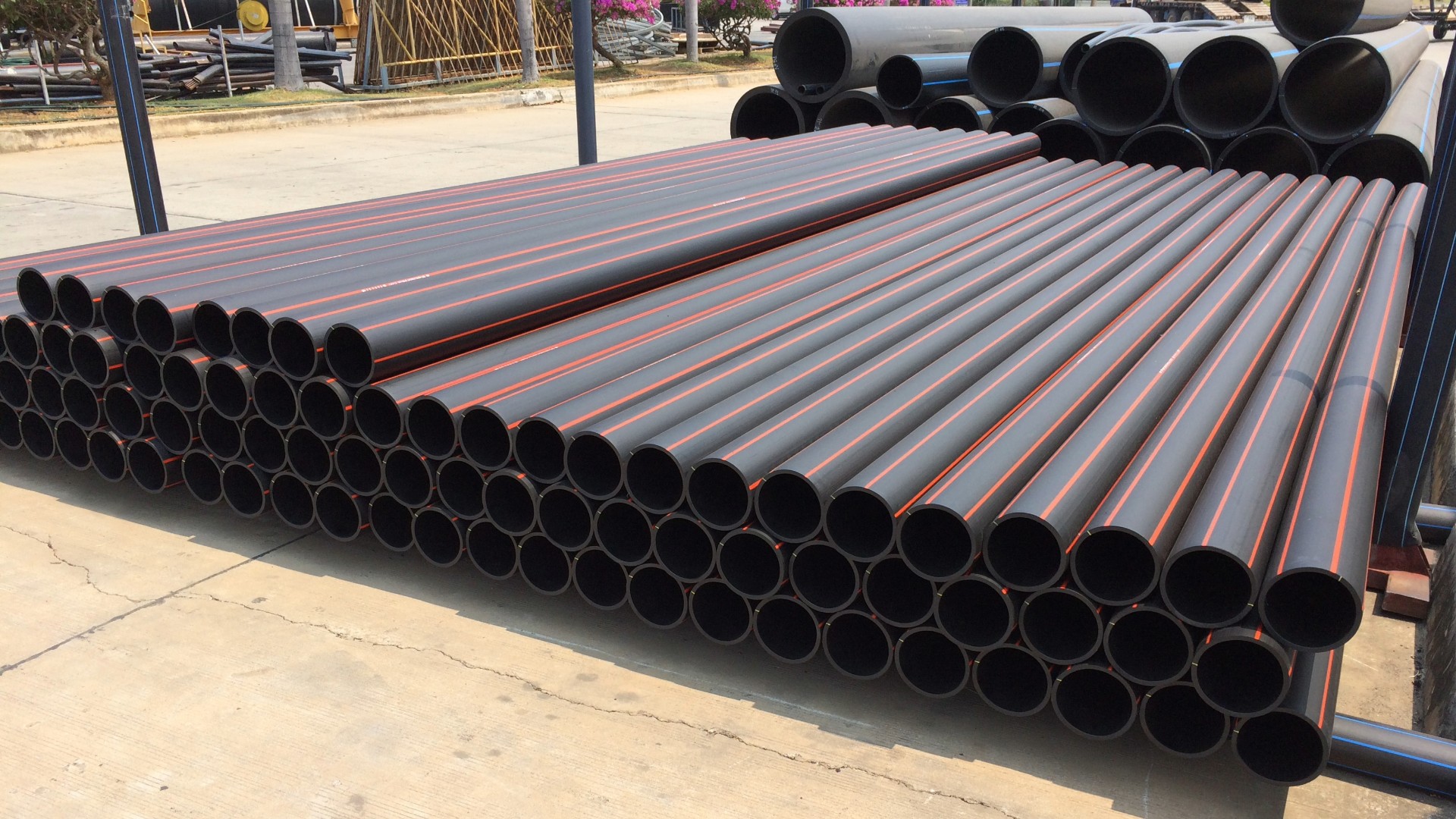
Modern dredging projects are increasingly measured against environmental benchmarks. HDPE pipe for dredging is fully recyclable, chemically stable, and non-toxic, safe for marine habitats. Its eco-friendly composition and recyclability align with ESG goals, making it the preferred choice for sustainable dredging operations.
Final Considerations for Procurement and Engineering Teams
Aligning Pipe Specs with Project Objectives
For engineering teams and procurement leaders, choosing the right HDPE pipe for dredging means matching pipe specifications to real-world site conditions. Variables like flow rate, pressure range, sediment load, and UV exposure must align with material-grade performance. Pipe wall thickness, SDR ratings, and fusion compatibility should be selected with precision; not all HDPE products are equal.
In long-distance slurry transport or floating pipeline setups, the best HDPE pipe for dredging should feature UV protection, excellent impact resistance, and strong weld performance. In demanding marine environments, pressure fluctuations and harsh weather require pipe systems that are both rugged and reliable. Properly aligning these technical specs ensures the pipe performs without overengineering or budget overrun. One well-matched HDPE dredging pipe can outlast multiple lower-grade alternatives.
Key Questions to Ask Suppliers Before Finalizing Orders
Before making procurement decisions, go beyond basic price quotes. A high-performing HDPE pipe for dredging supplier should offer full technical transparency and end-to-end support. Consider asking:
- Does the pipe meet ISO, ASTM, or relevant marine dredging standards?
- What’s the tested service life in abrasive or corrosive environments?
- Are datasheets, MTCs, and fusion/welding protocols included?
- Will the vendor provide onsite support for deployment and troubleshooting?
A reputable supplier of HDPE pipe for dredging won’t just ship material; they’ll back it with engineering input, system layout guidance, and documented performance data. Getting clarity at this stage prevents disputes, reduces installation risks, and safeguards long-term ROI.
Why HDPE Dredging Pipe Is a Long-Term Asset, Not Just a Commodity
Too often, pipeline materials are treated as short-term consumables. But a well-chosen HDPE pipe for dredging represents far more than a temporary solution; it’s a long-term infrastructure asset. With a service life exceeding 50 years and resistance to saltwater, abrasive slurry, and UV degradation, it offers consistent performance with minimal maintenance over decades of use.
The durability of a properly selected HDPE dredging pipe minimizes unplanned downtime, reduces repair frequency, and ensures steady operational output. Whether used in floating configurations or anchored along shifting coastlines, its performance under pressure makes it ideal for capital-intensive dredging projects where reliability is non-negotiable.
Incorporating HDPE pipe for dredging into asset lifecycle planning enables better control over operational costs. Every avoided failure translates to real savings in labor, fuel, and project delays. For government-funded and environmentally sensitive operations, its non-reactive nature and long lifespan also reduce long-term environmental impact.
Simply put, choosing HDPE isn’t just a purchase; it’s a strategic decision that prioritizes longevity, performance, and sustainability from day one.



